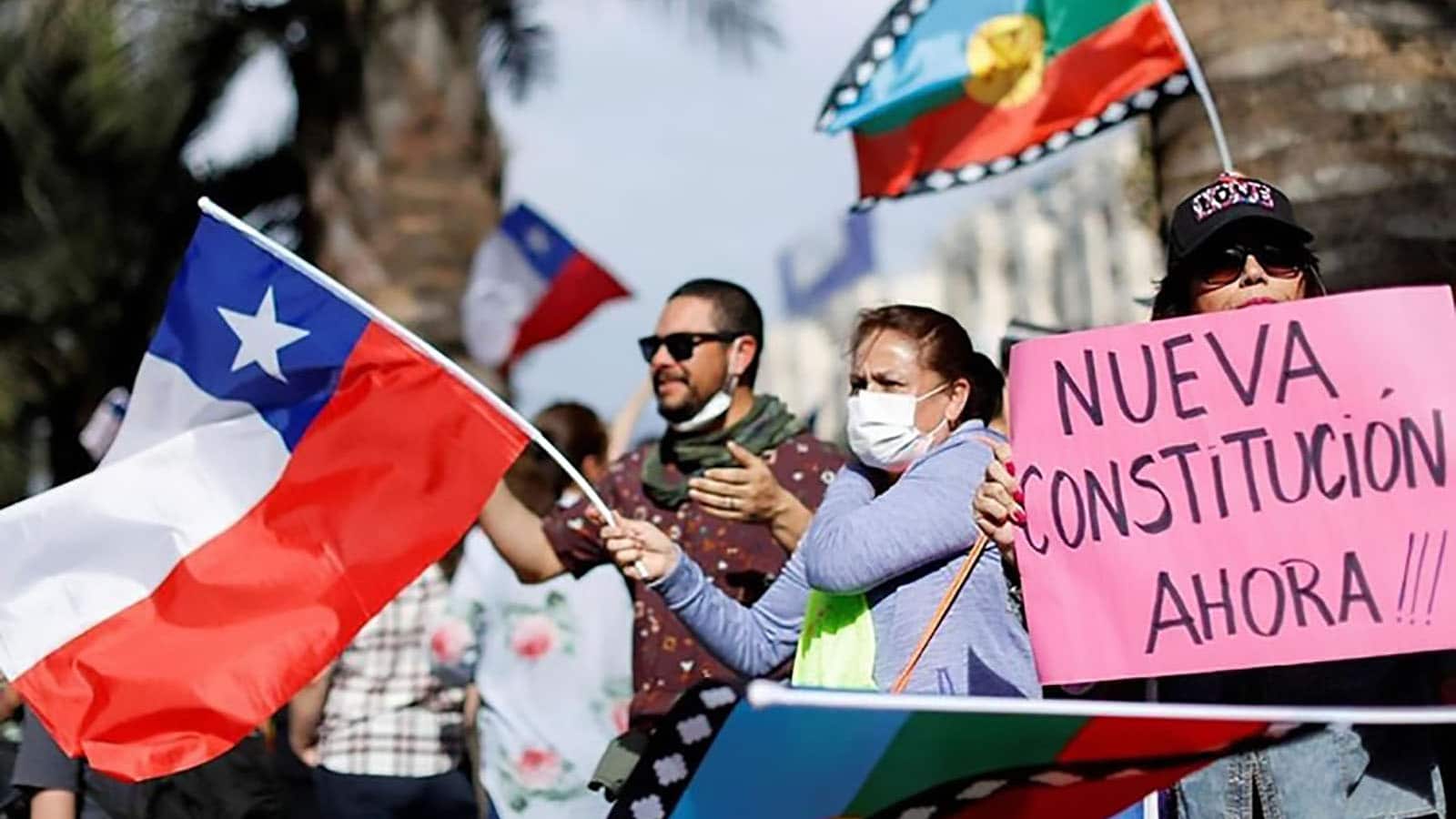The Return of Communism to Chile

It never left. After the fall of the Berlin Wall, communism stayed, like an encrusted disease in Cuba, waiting for a big come back in the Western Hemisphere. Latin American communists were demoralized by the Soviet Union’s failure. They gave up on their efforts of taking power by war, but they did not give up on their struggle for absolute power. In the nineties, Latin American communists simply changed their tactics from guerrilla wars to Gramscian cultural dominance, gaining influence over education, arts, and journalism, and paving the way to power through elections. They gathered in the São Paulo Forum (now Puebla Forum), a regional coordination effort to displace social democrats in the Left and compete against the Right in elections.
Three decades earlier, in Chile, this approach was tried by Salvador Allende, who coalesced communists, socialists, and the Center Left in a coalition to successfully win through elections. We all know that Allende’s communist attempt against Chile was violently terminated by a coup d’état. At the heights of the Cold War, when the United States was supportive of military anticommunist resistance in the Western Hemisphere, it was unviable for communists to take over through democratic means. By the end of the nineties, as people forgot about the communist threat, Hugo Chavez was able to take over Venezuela through elections. Chavez’s playbook consisted of gaining power through elections, then weakening the democratic institutions, and holding on to power as a communist dictator.
Fueled by Chavez’s disposal of Venezuela’s oil riches, Cuban and Venezuelan communists were able to support their São Paulo/Puebla Forum’s allies, including hardcore communists, like Daniel Ortega and corrupt leftists, such as Cristina Fernández de Kirchner and Lula Da Silva, winning elections throughout Latin America. Fast-forward to Chile 2022: President-elect Gabriel Boric repeated Allende’s feat with a communist-led coalition.
The foreseeable fall of Chile is very significant, both from symbolic and practical perspectives. Symbolically, it is the return of communism following a successful transition to democracy. Communism can destroy the Chilean model, the wealthiest, stable country in Latin America, which offered hope to region: a solid free market economy, with peaceful alternance of power between center-left and center-right coalitions. In practice, it validates the São Paulo/Puebla Forum’s playbook: exploit legitimate discontent to destabilize societies, organize violent protests and vandalism to create chaos to gain power through elections.
This playbook was effectively implemented in Chile: protests turned violent, with riots, arson attacks, looting and violent clashes with police, defying military curfews. As a result, Boric’s communist led coalition electorally harvested this subversion, winning not only the presidency, but also instaurating a constitutional assembly that is advancing their Marxist “de-constructing” agenda of radical reforms of Chile’s political constitution. For starters, it might destroy democratic institutions, power checks and balances, and steal (nationalize) the middle class’ private pension funds.
In this context of Latin America’s endemic corruption, citizenry’s dissatisfaction with democracy, poor performance of center right’s governments, coupled by the dominance of Cultural Marxism, and the rise of Communist China, the shadow of communism is covering Latin America. A few decades after the fall of the Berlin Wall, brutal communist regimes rule over Cuba, Venezuela, and Nicaragua. Their Pão Paulo/Puebla Forum’s allies are winning in Mexico, Argentina, Bolivia, Peru, and Honduras, and likely Brazil and Colombia. Chile chose Communism over Liberty.

